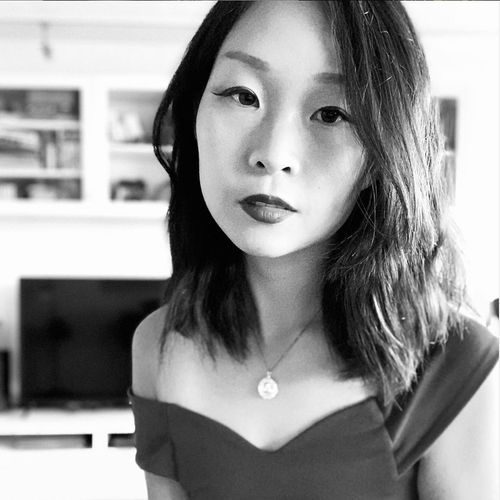
Deborah Lee’s illustrations cover tremendous ground both stylistically and conceptually. From super-flat punchy editorial illustrations to whimsical, finely-inked artworks containing intricate detail, her work consistently does one thing with exceptional flair: it tells a story.

We chat to Deborah about breaking into freelance illustration without an art major, looking back to rediscover artistic passion, and how to escape internet fantasy cults.
Hey Deb! Where do you live and how long have you been drawing?
Hi! I’ve been living in the San Francisco Bay Area for one year, and I will be here for at least a few more. I’ve been drawing for as long as I can remember - I used to draw on the walls as a preschooler! I took my first art class at eight, but I didn’t take drawing as seriously until I was 14 or 15. In terms of illustration as a career, I began around September 2017.
Are you formally trained? Do you think formal training is important?
Partially! I would say my technical training derives from one part art classes, one part Youtube videos. My last fine art class was in my senior year of high school - it was a portfolio building program.
Afterwards, I went to a heavily engineering-focused university. Most people in my class went to Silicon Valley companies to design interfaces. This choice was a compromise between my parents and me. Unfortunately, when I decided to become an illustrator in my last year of school, I realized the only pure illustration resource I had available to me was a tiny section at the university library. Therefore, most things I learned about the industry are from the internet and a few people I cold-emailed.
I don’t know how much I can speak for formal training for university art majors because I wasn’t part of that group, but the biggest disadvantage I had in my situation was the lack of a network and its industry insider knowledge. If you’re an illustration major, chances are you’ll have an illustration professor who will introduce you to their illustration pals who can help you in your career. You’ll probably have all the illustration books at your school library, and the tips for all the major illustration annuals and competitions. Social media can help with that part nowadays, but it’s harder to build that trust when you’re cold-emailing a bunch of industry professionals. I also speculate that formal training can guide you to discover your artistic voice, since you’ll be exposed to the history of your studies, which will help you find influences that are not the latest big-name professionals you already know about.
In terms of technique, that can easily be learned through the internet or through some cheap(er) online classes. Even better are ones where the instructor can give you a formal critique! That way your eye will improve just as quickly as your art.
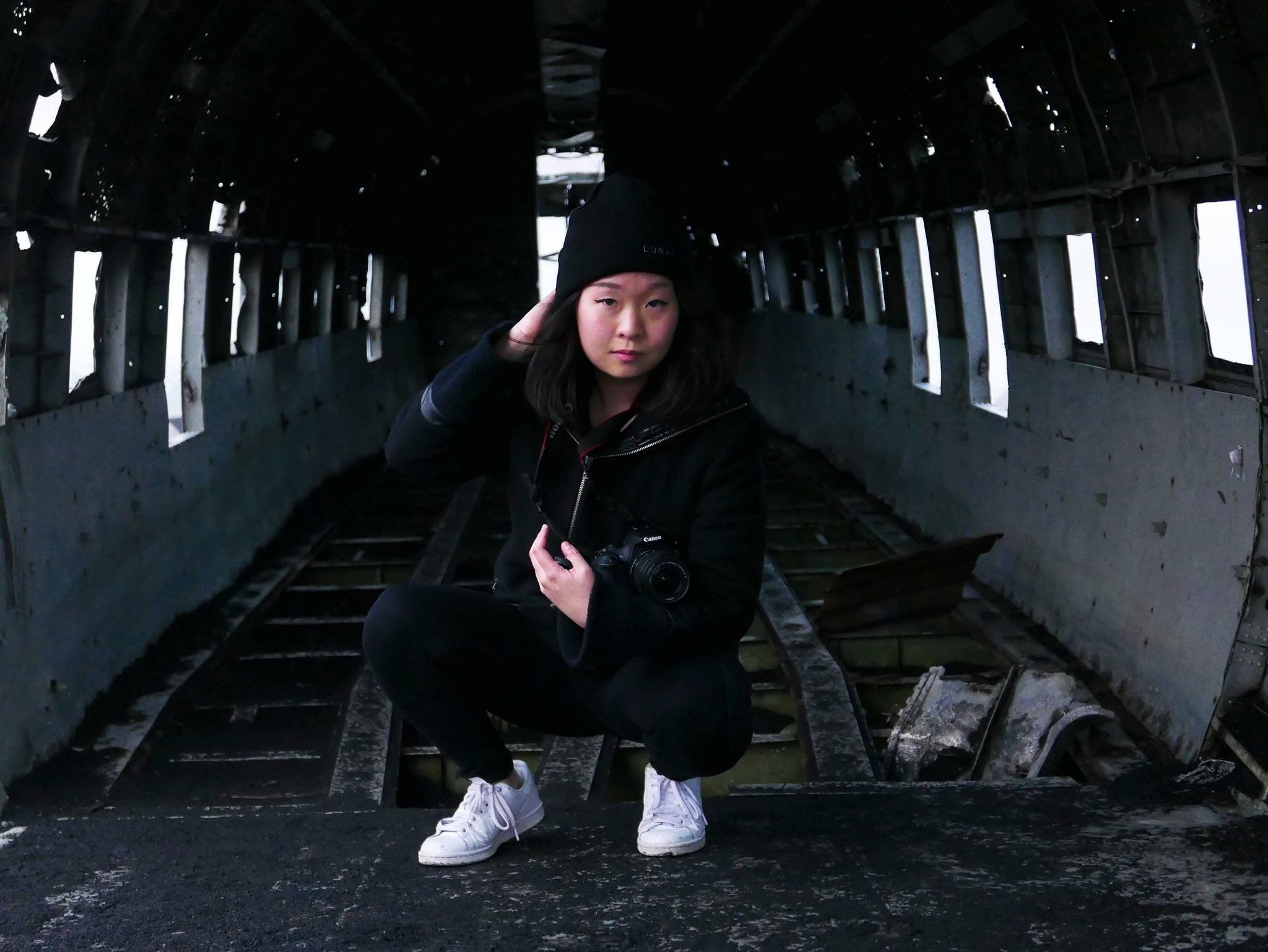
Your portfolio showcases a huge range of styles. Which one is your favorite to work with, and what lead to the development of such variety?
Oh man that’s a hard question! I think it really depends on my mood, so I don’t have a direct answer for a favorite. I’ll give the pros and cons for a few main ones!
I was always intrigued by detail and movement, so I would say that’s my “starter style”. That one seems most appropriate for publishing assignments since it’s so approachable and fantastical. It’s also easy for me to predict each step of the way: sketch, lines, colors, shading/painting, and then cleanup. However, it takes a long time - about 12-16 recorded hours.
The other style I have is much more abstract and painterly. I get this style from a lot of the editorial assignments I’ve gotten, where the prompts are much more serious - definitely can’t be as playful as the previous one. I think this one takes more effort for the audience to really “get” the illustration; they need to see what the complementing text is about. This style is less linear - therefore stressful - to execute, but takes only about 4-6 hours to start and finish. It’s perfect for those less-than-one-week turnarounds.
The reasons I have such an amalgam of approaches to drawing is my tendency to get bored so quickly and my initial hunger to break into the editorial industry. The former speaks for itself! The editorial illustrations you find in major publications are so varied and expressive, and really opened my eyes into what illustration can be. Therefore I challenged myself to make work with a voice that I wouldn’t have expected from myself. And due to how quick these turnarounds are, it’s crucial to know how to make work that’s extremely simple. That’s a skill that I’m still trying to improve. This style is something I’m still tweaking as I grow - it might have been me a year ago, but is it still me today?
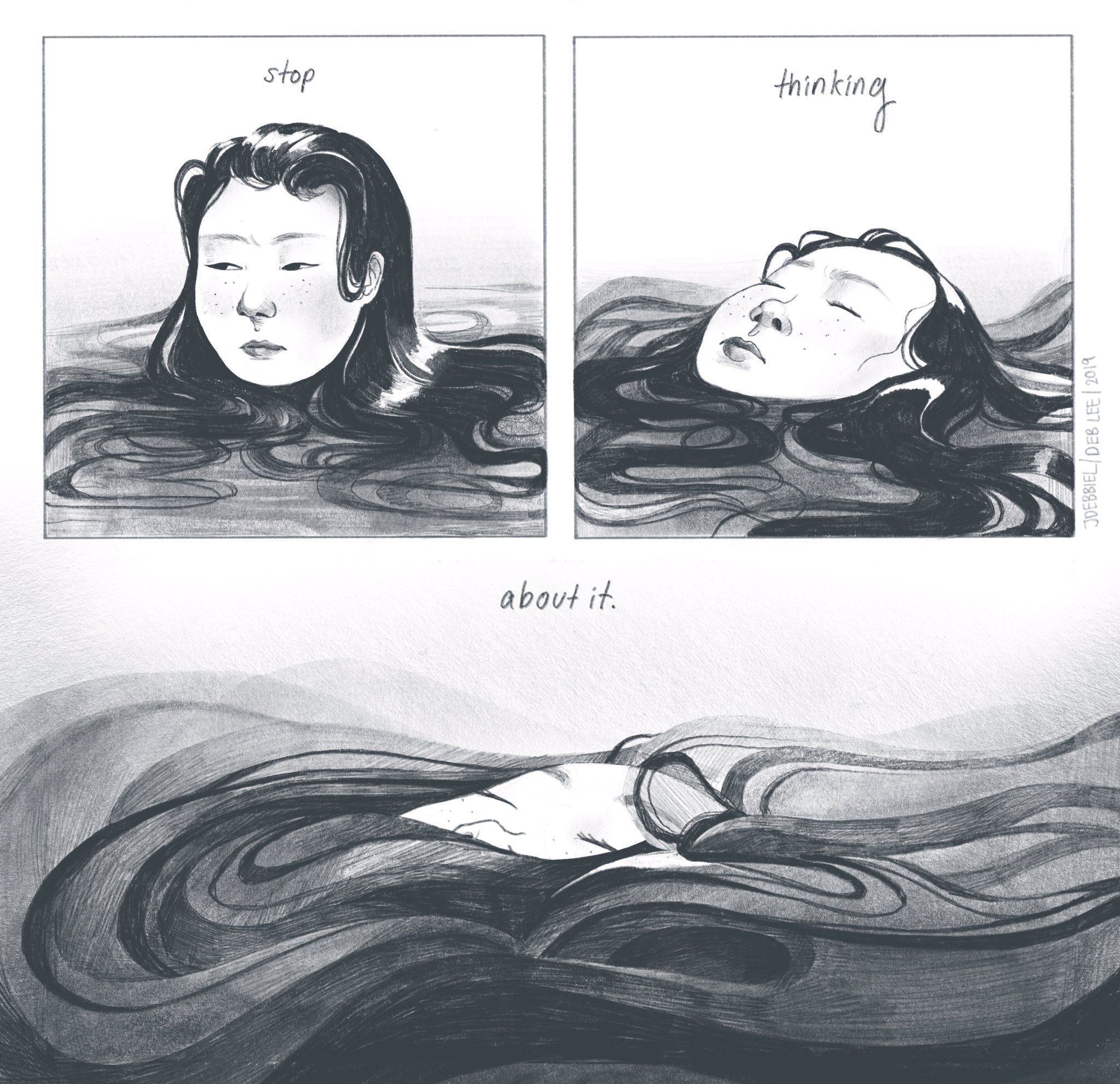
Your work deals with a lot of important and heavy topics, sometimes lightheartedly, sometimes sadly, but always in a thought-provoking way. Do you draw a lot from your own experiences or the experiences of friends/family/stories you hear?
All of it is from personal experience or from something I witnessed! I feel more comfortable working that way. Personally, in order to be ready to tell another’s story, I need to get used to telling my own. There are a lot of narratives I want to write that have no relation to myself, but I don’t think they’re quite mine to share yet.
“In Limbo” is your upcoming Graphic Memoir; can you tell us a bit about this project?
“In Limbo” is a memoir about the intersection of mental health and Korean-American diaspora. The book came about when I made a spontaneous short comic about my difficulty communicating with my grandparents, who can only speak Korean. I understand the language but cannot use it, which poses a lot of challenges when we speak over the phone. My literary agent was touched by the comic enough that he asked if I were open to making a graphic novel about it. After building the synopsis and the sample pages, we sent it out and it got picked up by First Second Books at Macmillan Publishers!
The book itself is complicated - it deals with being homesick for a place that doesn’t exist. It’s about my rocky relationship with my mom, my heavy depression, a friendship that I accidentally demolish, and about not belonging in my home country or the States. All in all, “In Limbo” is about not living up to my own expectations as a daughter, friend, student, Korean, and an American.
Do you ever experience drops in inspiration? How do you recharge when you’re feeling artistically drained?
I’m in a drop right now and in the process of coming back up! I’ve been so busy with assignments, book projects, and life that I haven’t even been thinking about making personal pieces in a while.
I’ve gone back to square one - the drawings that inspired me at the very beginning. My Pinterest board has really helped with that! It’s the place that inspired me to become an illustrator in the first place. Sometimes I even go back to the favorites section of my super old deviantArt account (which I still have up! I archived all my pieces though) to really put myself back in the day. Right now, I’m trying to figure out what really excites me again, why I started drawing seriously. I’ve found that it’s been the really detailed, complicated, and dynamic pieces that instilled a spark in me.
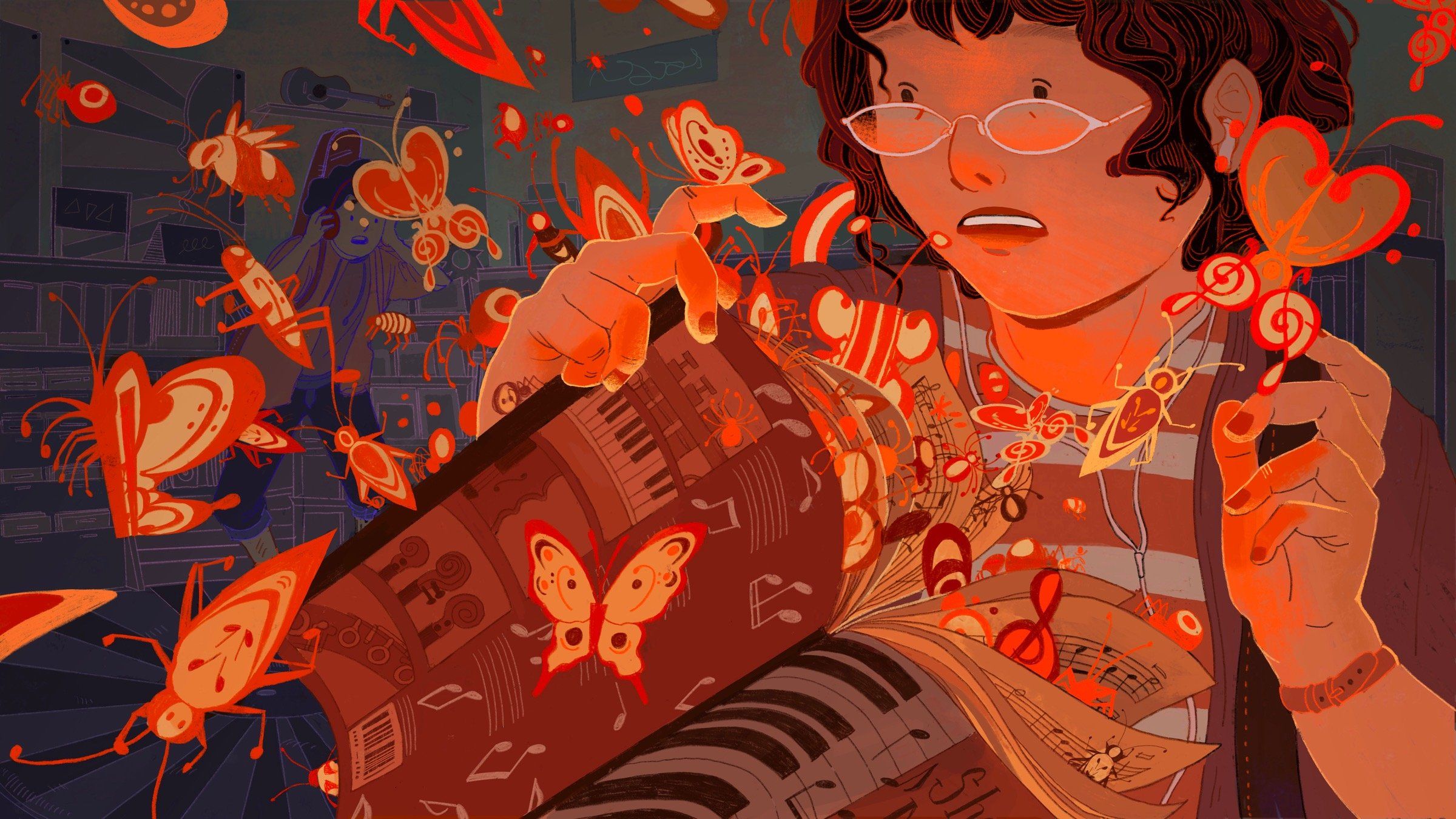
You’ve created pieces for a broad range of clients, markets, and topics. How do you approach a new brief?
I’ll give a quick walkthrough of how I sketched ideas when I worked with the Radiolab podcast. For context, I created six illustrations for their latest series about intelligence. It was a super streamlined process and worked really well through the months of that project.
I skim over the writing a few times beforehand. Reading it really quickly gives me the big picture of the story - if I go too deep into the details, the illustration might not make as much sense if it’s trying tell entire the story itself. I write down a couple blurbs that will inform concept sketches for later.
Then I get on the phone with the producer of the podcast, the art director, and other big decision-makers to make sure we’re on the same page. It’s a short call - less than 15 minutes. I ask them how they would describe the story in a few sentences, and write down more blurbs beside the concept sketches. That way I get a sense of their vision as well.I choose about three blurbs that reflect different facets of the story. Again, these blurbs are meant to be more overarching and open-ended, and not about a small detail.
I sketch out thumbnails that reflect each blurb. For example, one might be “the brain is malleable”, and the sketch might be a person playing with brain-shaped play-doh. As well as the concept itself, I try to vary the mood, composition, and metaphor for each thumbnail to make sure the client really does get different takes, and not iterations of the same idea. Normally I’d send three concepts, but because I try to make them good, I create maybe six sketches in total and pick out the top three.
Okay Deb, we gotta know - what’s this about the time you were in a fantasy internet cult?
This needs a graphic novel on its own!
Way way way back, I tumbled down one of those internet rabbit holes and uncovered a community of girls my age who claimed they were part of a reincarnated royal family from a Tolkein-like universe, who were trying to find their way back somehow. I was a pretty depressed and anxious kid who lacked a sense of belonging, so I tried to see if I could join them for the heck of it. Suddenly, I had a whole new identity, who I was told was my “reincarnated spirit”.
I believed in this thing for so long that it consumed my real life - especially the interactions I had with my friends, and the way I saw the world. I wanted so badly to return to this “fantasy family", as I didn't have the best home and school life. I don’t think any of us did, so we all used this group as a form of escapism. You know, if this world sucks, at least we have another one to fall back on!
We talked every day for two or three years before we learned it was faked. It was insane how elaborate this was for our age - all 15 of us had our own identity, a family history, our own relationships, even our own academic levels back there. We had a plan every year to return to that world, which coincidentally failed every time. Even the leader of the group believed their own story because of how deep we went. Ironically, they ended up studying acting or something at an extremely prestigious college. There's so much I want to say about this, about how malleable kids are at their lowest lows. My therapist said later that this case, although unusual, had very strong ties to relationship abuse. It was wack.
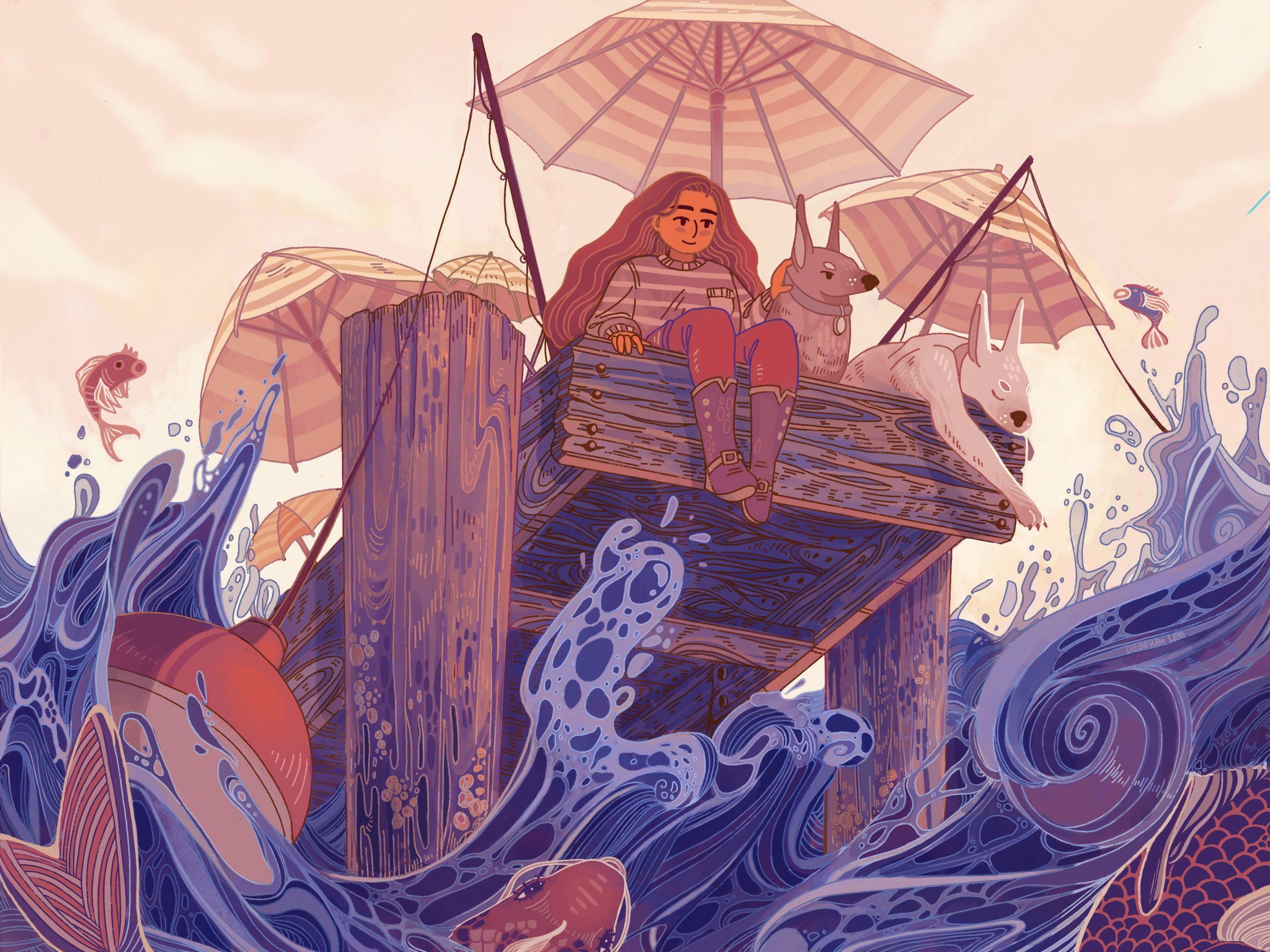
Lastly, what’s your fave Procreate tool and what’s your dream Procreate tool?
The fact that QuickShape can straighten a square or circle if you hold the screen! It saves lives. Especially when I was drafting my graphic novel in Procreate!
I would looove to see more color-correcting options in Procreate. My workflow leaves the app only when I need to play around further with color balance, vibrancy, and so on.
Explore more of Deborah’s bold editorial illustrations in her portfolio and Instagram.